Keeping track of clothing trends is hard enough. But discovering the biggest influencer marketing trends in 2022 and figuring out how to make it work for your brand — before the trend becomes old news — can feel nearly impossible. Lucky for you, we’ve sifted through some of the biggest social media trends in influencer marketing from this year and picked out the top eight. Keep in mind, these all might not apply for your brand specifically but at least a handful should help you and your creators activate some like-worthy campaigns.
1. Activate creators across various platforms
Engaging influencers on just Instagram is so 2021. No, really. This year it’s all about diversifying on a variety of platforms with the same creators. Think of it as a 360 campaign for social. This approach allows you to attract “superfans,” the devoted audience that will follow these creators no matter where they’re posting. In order to make this trend work for your brand, know that it’s more about picking the right influencer and activating them correctly instead of creating a memorable cross-platform campaign. Once you find synergy with a creator who has a following across IG, TikTok, and beyond, you’ll be able to connect with an audience who’s not only more engaged but also rather loyal. DTC self-care brand Athena Club has been putting this trend to use, by contracting influencers to post on IG and TikTok simultaneously, for a truly immersive experience.
2. Pivot to Reels

When Instagram Stories are too fleeting and static images have started to lose their luster, Reels is the perfect in-between. And brands are getting more and more creative with how they use this medium. Take J.Crew, for example, who recently filmed this adorable interview between Leslie Odom Jr. and Florence Pugh. The simple, playful video easily captures the attention of scrollers (without edging into that long form content category) while almost feeling a bit like a TV ad.
Plus, if you’re working with a content creator who has a great personality, don’t you want to let them shine? So, if pictures of influencers are no longer performing in-feed for your brand’s page, perhaps a few high-quality Reels will do the trick.
3. Embrace live shopping tools
Livestream shopping is undergoing a major growth spurt. In fact, the category is projected to generate sales of $500 billion by 2023. So you might be leaving money on the table if you’re not tapping a personable influencer to host an Instagram live shopping event. Or having your founder host a TikTok live to introduce followers to your newest product launch. Amazon and Facebook have live shopping capabilities, too, but there are also a slew of dedicated apps that focus on this relatively add-to-cart experience.
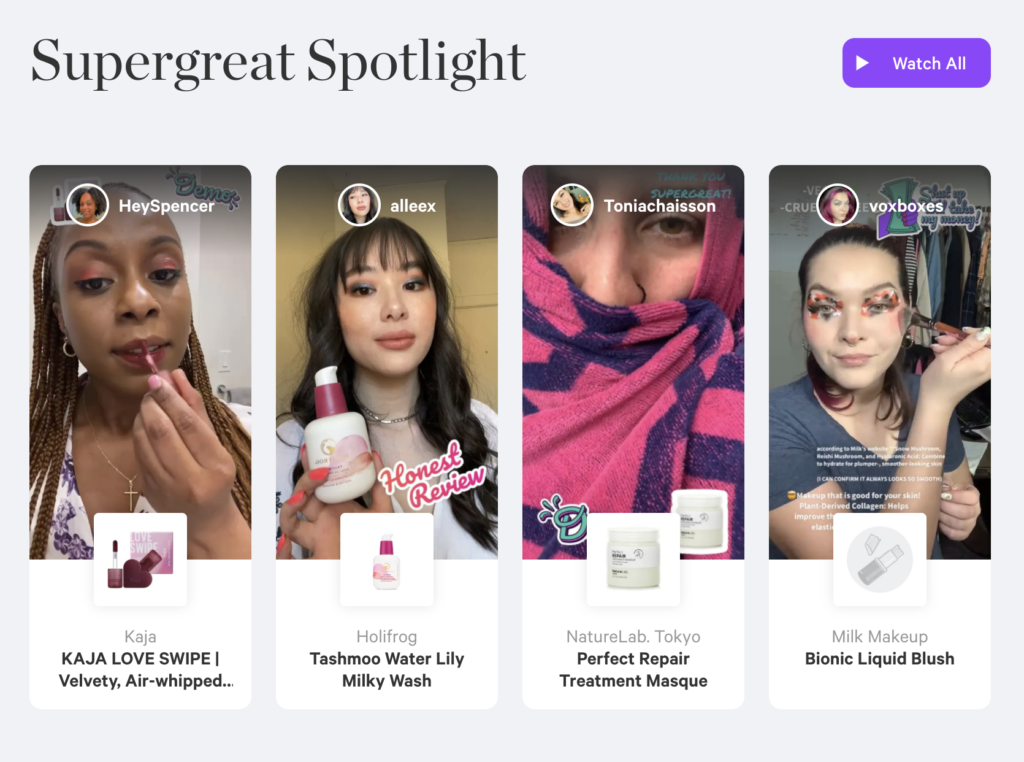
From Supergreat’s highly engaged, review-based platform to TalkShopLive, which is more of a QVC style show, there’s likely a live shopping app that’ll work for you and your brand. Or you could always go the Savage Fenty route. In January 2022, the Rihanna-owned lingerie brand dropped a virtual performance with rap duo City Girls on their site and shoppers could buy the ‘fits worn by the performers in real time. Those who missed the performance could re-watch it whenever they wanted, with the same ability to shop the lacey looks as they appeared on screen.
4. Use affiliate links to your advantage
Whether you’re totally new to influencer marketing or you’re revamping an existing program, you should try using affiliate links with your content creators. Often seen as a win-win for both parties, your influencers will be compensated for each sale they drive while your brand can easily track these transactions. (Plus, you may also be able to dig into even more specifics, including what items were sold and get some insight into the customer journey before purchase).
Social Studies client Verizon Yahoo Plus Protect recently tried out this tactic, giving each influencer their own personal URL to promote. This made it simple to track the traffic and sales from each contract, both in real time and once the campaign wrapped. But you don’t have to be a major brand to get in on this affiliate action; Instagram has launched in-app affiliate tools that don’t require the use of any external platforms.
5. Go for influencer collabs and capsule collections
As influencers continue to gain momentum and grow their audiences, they’re becoming more and more valuable as collaborators. That’s because they can come to the table understanding what their followers want, what they’re shopping for and what they want to see next—with all the data to back those confident claims up.
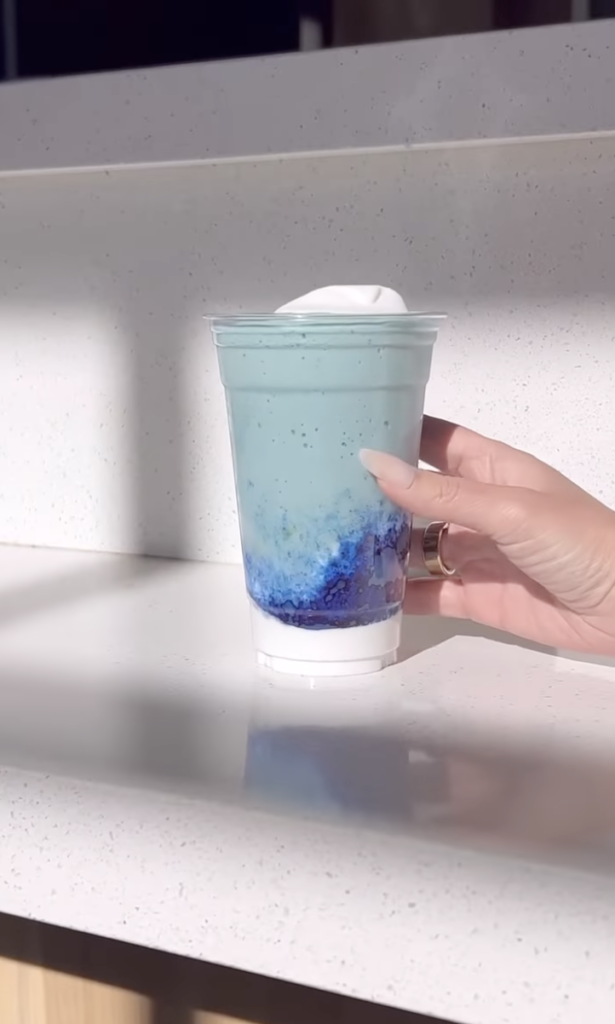
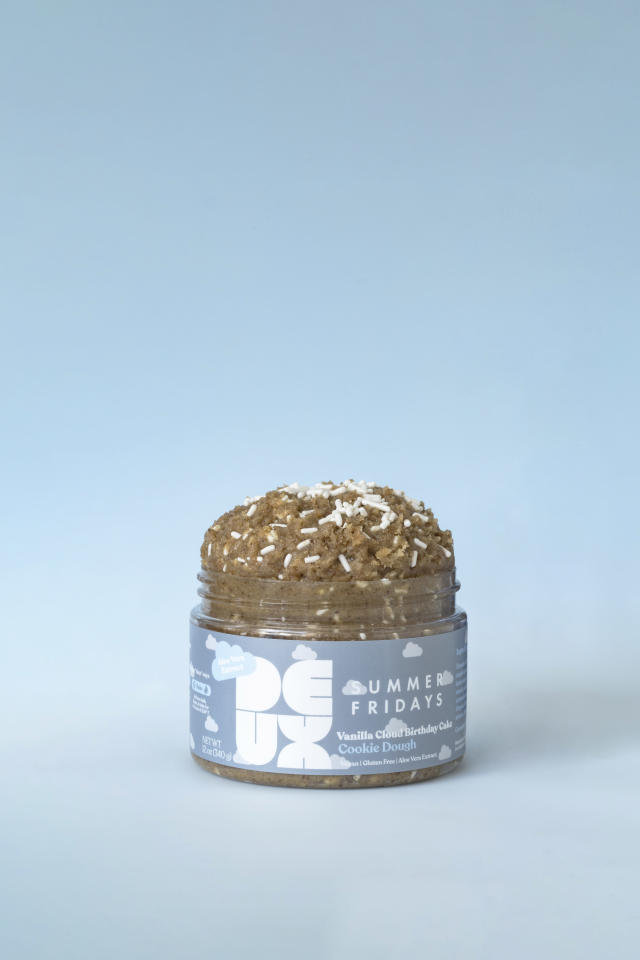
Consider Marianna Hewitt’s latest spate of collabs. The content creator-turned-beauty brand founder and podcaster is constantly being tapped for her name recognition. She recently launched her very own smoothie at L.A.’s cult-favorite organic grocery store, Erewhon. The dreamy Coconut Cloud flavored drink has its own hashtag and highlight on TikTok, with over 800K views. Up next, Hewitt and her Summer Fridays co-founder Lauren Gores Ireland dropped an exclusive flavor of nutrient-packed cookie dough brand, Deux. Which, of course, is Vanilla Cloud Birthday Cake flavored. These might not be the most obvious pairings but they’re buzzy enough and in varied enough categories that they’re getting audiences talking. And shopping.
6. Lean into employee-driven content
Behind-the-scenes content is hardly new. But authentic BTS videos that put employees front and center? Now that’s a novel concept—and curious followers actually want to learn from experts, like Sephora’s extremely knowledgeable staff of makeup artists and professional skincare junkies.
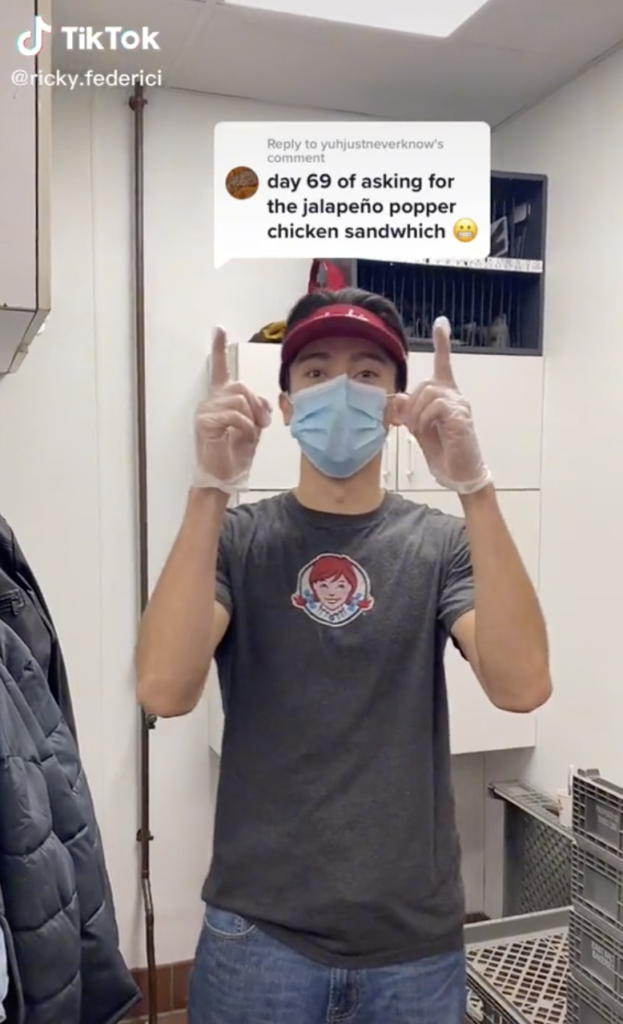
BTW, what is the best primer for oily skin? Joyce Mattei has your answer and she’ll show you from the Sephora floor, dressed in her work gear, lanyard and all. You can also take a peek into the kitchen at Wendy’s, thanks to Ricky Federici who flips burgers, pieces together a hot honey classic chicken sandwich and takes special requests from commenters, all without spilling the secret sauce.
7. Seek out niche influencers
Eli Rallo AKA @thejarr rose to notoriety by filling jars with candy in a way that’s so aesthetically pleasing, it’s kind of hard to explain why. And Tiptoe the Tortoise, well, he’s famous for being a 175lb tortoise. At least according to his 124K followers on Instagram. What do these two accounts have in common? They’re very, very niche influencers.

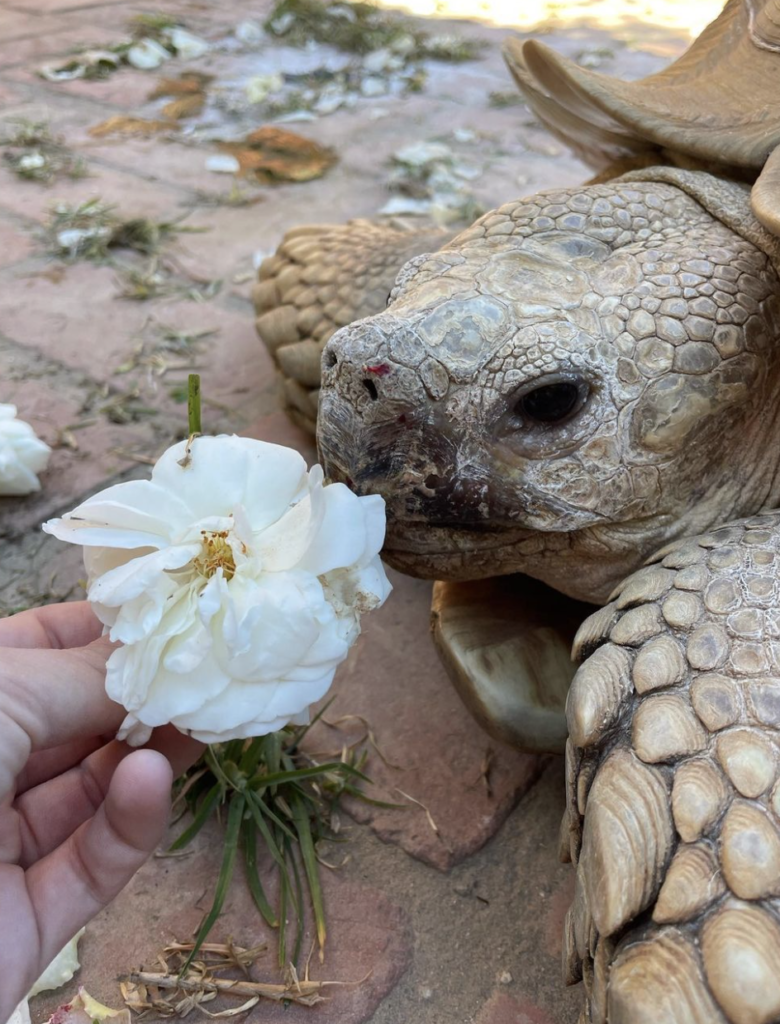
This is a particularly common trend on TikTok, where you can find viral accounts dedicated to nearly every topic, from tricked out cars to reviewers of colorful body scrubs. These accounts might not have the largest followings but they have attracted a dedicated audience who knows what they like, which should make them ideal targets for the products or brands you’re looking to promote. And if there’s a specific niche influencer you’re seeking to find, Social Studies is here to help with that very specific type of influencer management. We’ve previously worked with Tiptoe the tortoise on a Domino’s pizza campaign, so we’re kinda pros at landing major brand campaigns with relatively niche influencers. Even when the talent is an animal.
8. Integrate nano and micro creators
Mega influencers aren’t always going to be the best investment for your brand. In fact, did you know that Instagram micro-influencers, those with anywhere between 10K and 200K followers, have some of the highest engagement rates on the app? Yeah, that’s why you’re going to continue to see the use of micro and nano creators (the latter is defined as someone with less than 10K followers) continue to land impressive contracts. Wondering how to find micro influencers? First we recommend familiarizing yourself with all the different types of influencers, and then sending us an email, as Social Studies has a whole roster of ‘em.
